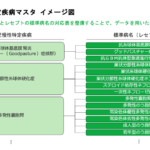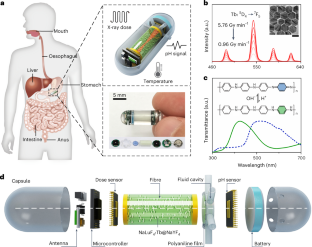2023-04-12 ワシントン大学セントルイス校
このことは、細胞から離れた場所にある細胞外マトリックスの力学的特性が、細胞の移動を制御する可能性があることを意味している。
本研究の結果は、『Cell Reports』誌のオンライン版で4月5日に発表されました。
<関連情報>
- https://source.wustl.edu/2023/04/cancer-cells-penetrate-deep-into-their-environment/
- https://www.cell.com/cell-reports/fulltext/S2211-1247(23)00373-X
細胞内外の極性の相互作用により、層状マトリックスによる深部メカノセンシングが可能になる Reciprocal intra- and extra-cellular polarity enables deep mechanosensing through layered matrices
Christopher Walter,Jairaj Mathur,Amit Pathak
Cell Reports Published:April 05, 2023
DOI:https://doi.org/10.1016/j.celrep.2023.112362

Highlights
•Cells (cancer but not normal) mechanosense deep through collagen layers
•Polarized protrusions and cellular forces perform polarized collagen remodeling
•Matrix polarity couples with cell polarity to generate long-distance force propagation
•Collagen crosslinking or Arp2/3 inhibition disables matrix polarity and depth sensing
Summary
Adherent cells migrate on layered tissue interfaces to drive morphogenesis, wound healing, and tumor invasion. Although stiffer surfaces are known to enhance cell migration, it remains unclear whether cells sense basal stiff environments buried under softer, fibrous matrix. Using layered collagen-polyacrylamide gel systems, we unveil a migration phenotype driven by cell-matrix polarity. Here, cancer (but not normal) cells with stiff base matrix generate stable protrusions, faster migration, and greater collagen deformation because of “depth mechanosensing” through the top collagen layer. Cancer cell protrusions with front-rear polarity produce polarized collagen stiffening and deformations. Disruption of either extracellular or intracellular polarity via collagen crosslinking, laser ablation, or Arp2/3 inhibition independently abrogates depth-mechanosensitive migration of cancer cells. Our experimental findings, validated by lattice-based energy minimization modeling, present a cell migration mechanism whereby polarized cellular protrusions and contractility are reciprocated by mechanical extracellular polarity, culminating in a cell-type-dependent ability to mechanosense through matrix layers.


